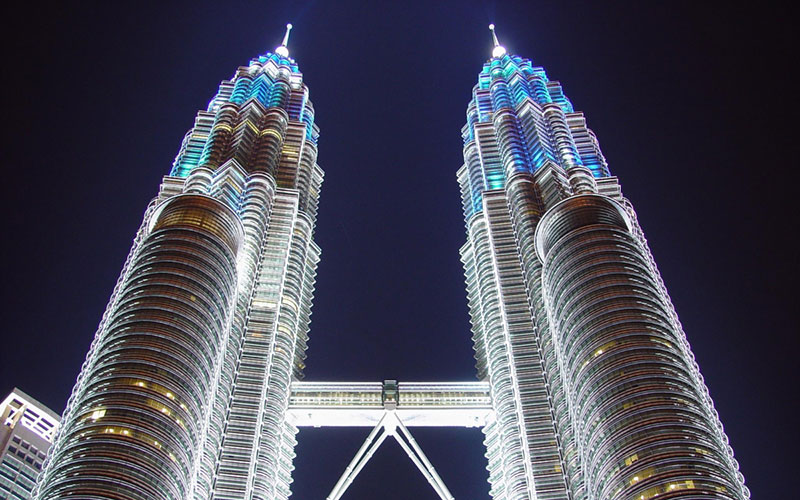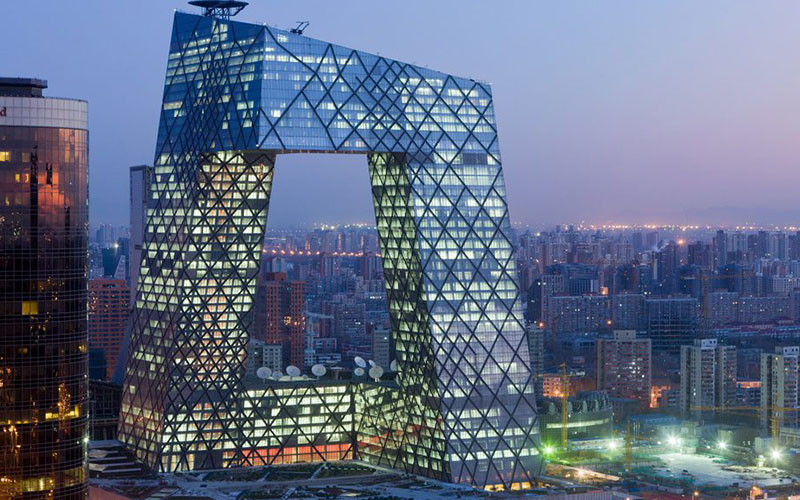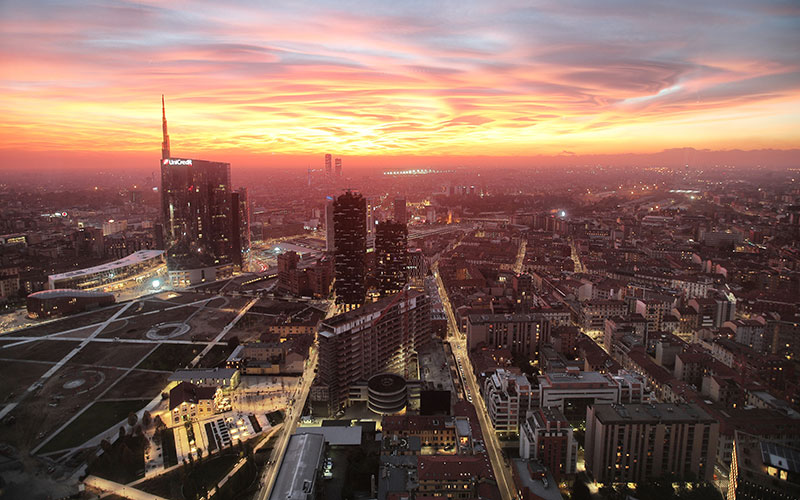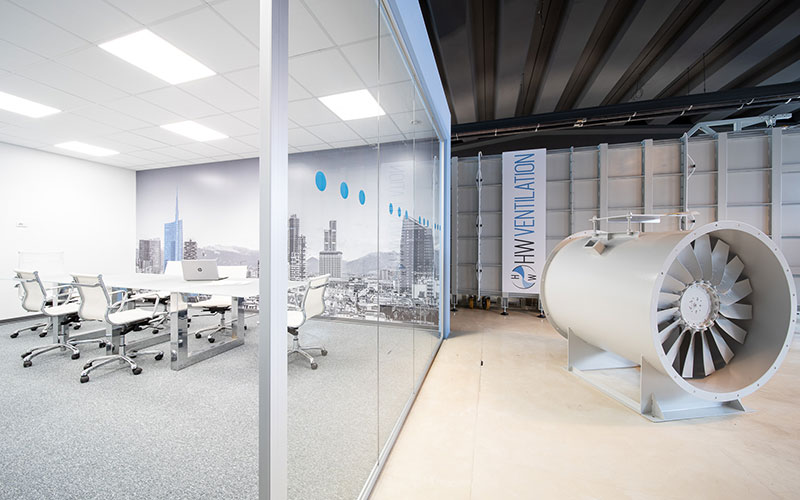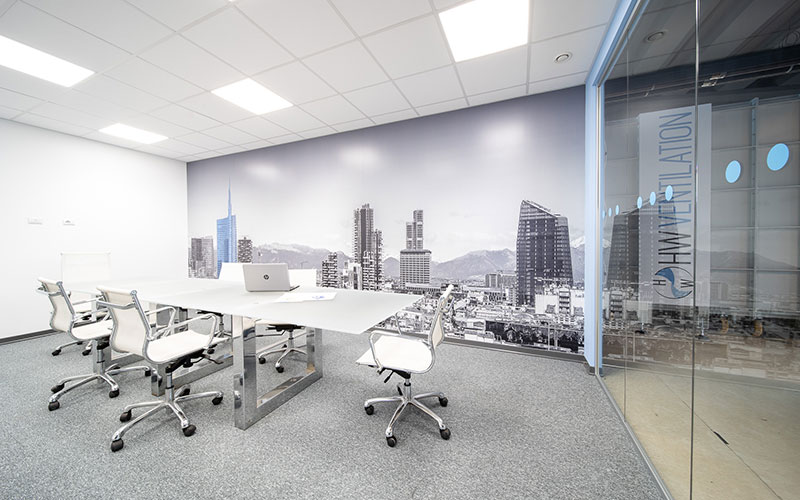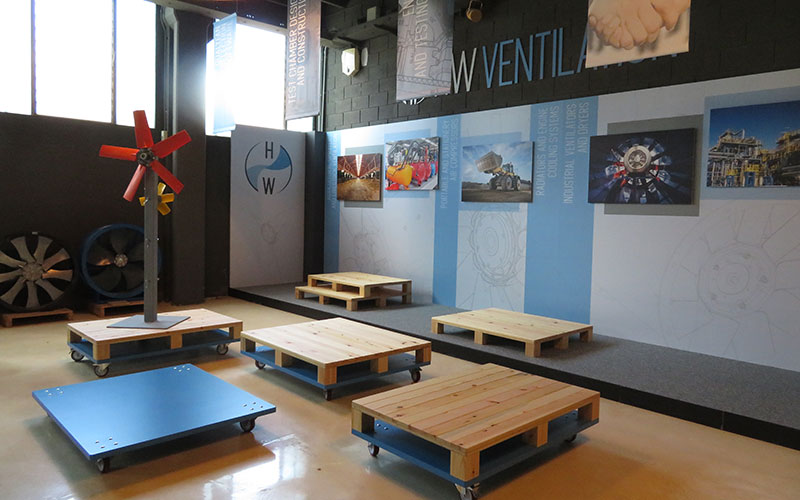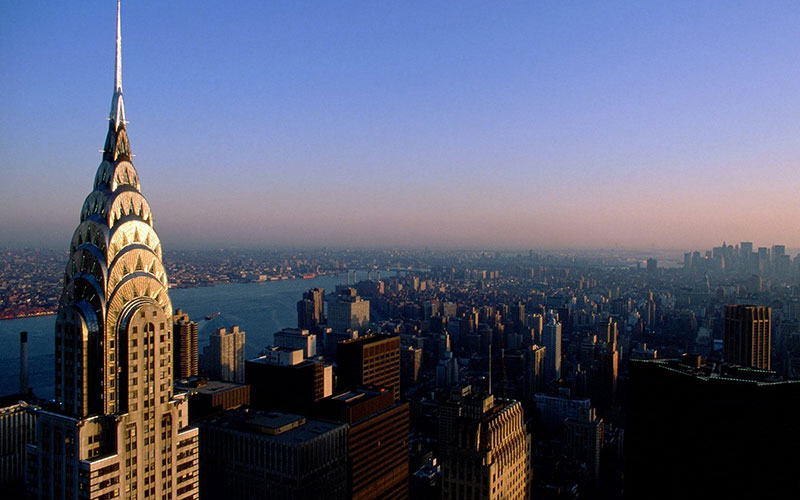
Chrysler Building, William Van Allen. 1930
Owning a "corporate building" or having headquarters in the most important historical centers, however, is not always within everyone's reach. Indeed, precisely because the majority could not afford them, the very idea of "corporate building" had almost disappeared for several decades.
A much more open and social approach such as "campuses" has conquered the main Silicon Valley start-ups, which under the aegis of Steve Jobs "stay hungry, stay foolish" aimed more at relationships than at hedonistic manifestations of their own ego: the concept of “understatement” was (and in part still is) synonymous with culture and savoir faire.
With the new millennium, this trend seems to change again and we are witnessing a return of corporate identity constructions, of large real estate, banking, financial and commercial groups, which are rediscovering architecture a confirmation and a manifesto of their value. From the Petronas Towers to China Central Television by Rem Koolhaas or the Unicredit tower in Milan, there are plenty of examples.
Welcome and engage the two watchwords.
Within a few days, an interior for interiors, a sort of glazed box, became the meeting room and all kinds of fans, which previously were huddled together, waiting for the next fair, have become a sort of showcase, a museum scenography with a system of supports, studied ad hoc, which could also be easily moved and transported. Infographics, logos, corporate colors and informative captions have transformed a warehouse into a narrative and engaging space. The financial commitment was consistent, the lead time was record!
Certainly the multifaceted skills that characterize GR Group, Francesca Di Mitri in particular is the architect who oversaw the design, have allowed to speed up all the creative, executive and realization processes, guaranteeing the customer maximum efficiency. Interior design, which here seems to take more inspiration from scenography than from architecture, finds in creativity a valid alternative to the availability of expenditure.
If the interior design is the result of the dialogue between client and designer in which the first asks a question and the second formulates an answer, a note of merit also goes to the client, for having clearly posed the question: a good answer , you need a good question!

